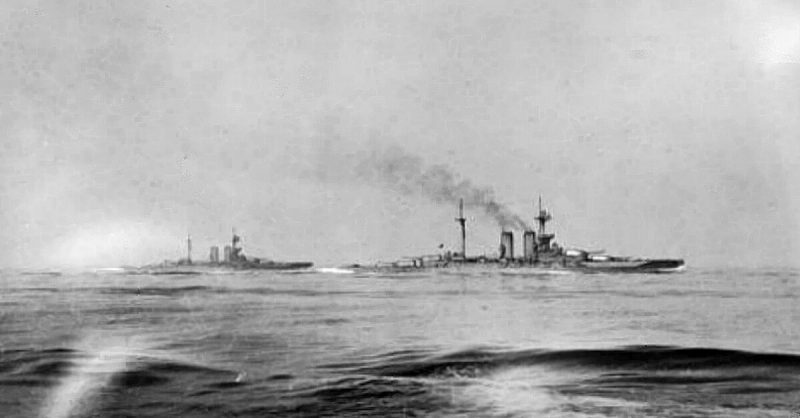The Battle of Jutland in 1916 was the largest naval battle of World War I and the cause of many deaths on both sides. It greatly decreased the German naval fleet’s ability to conduct maritime operations. It is also considered to be the only large-scale maritime engagement in the First World War. The British Navy lost more men in this battle but managed to remain a powerful force. However, the German Navy was too weakened to continue effectively waging war on the open seas for the remainder of the war. Almost 10,000 naval personnel died in the largest sea battle of World War I; the battle that ultimately (if indirectly) led to the United States’ entry into the war.
The fallen have been honored at a ceremony hosted in Scotland’s Orkney Islands. The ceremonies were led by German President Joachim Gauck and Queen Elizabeth II’s daughter Princess Anne, along with the British Prime Minister and the First Minister of Scotland. Prince Edward, the Queen’s youngest son, was scheduled to attend a ceremony at Laboe, which is a large German naval memorial. It was established in 1927 in a northern German city called Kiel.
President Gauck read scriptures during the church service hosted in Kirkwall. As the largest town in Orkney, Kirkwall was as an important base for the British Royal Navy throughout the First World War.
The naval confrontation began on May 31st, 1916 and is called Skagerrakschlacht – the “Battle of Skagerrak” – in German. 250 ships were deployed across both sides. After 36 hours of fighting, The British had lost 14 ships while the Germans had lost 11. The beaten down and damaged fleets worked to outmaneuver each other while battling the smoke, fog, and dark of the night.
On a British cruiser called the HMS Indefatigable, 1,000 UK sailors died when a magazine hit it. Roughly 20 minutes later, the Queen Mary cruiser met her end and sunk in a minute and a half due to German fire. Many crew members died immediately as German shells detonated the ammunition that was onboard.
Both sides claimed the victory. Historians have come to a general consensus that the sea battle resulted in no clear victor, even though both sides felt differently. The German fleet claimed a Pyrrhic victory. They had sunk more ships and killed more men, but at a high cost: the German High Seas Fleet was no longer considered seaworthy.
The German fleet headed back to its port, but the British maintained a presence in the North Sea to cut off supplies sought by Imperial Germany for Europe’s land war. In the long run, the confinement led the German Navy to initiate a full-on submarine attack on merchants ships in 1917. Any ships that supplied Britain across the Atlantic were targeted; this is what essentially motivated the United States to enter into World War One. To this point, the United States, led by President Woodrow Wilson, had maintained a sense of neutrality.
